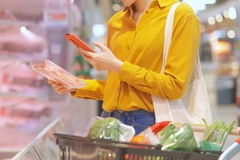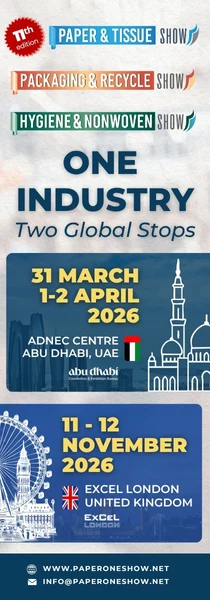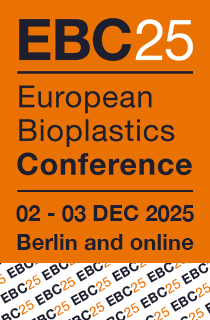“Game-changing” connected packaging: Appetite Creative exec on QR leap and AI personalization
Key takeaways
- Appetite Creative’s managing director, Jenny Stanley, sees major 2025 shifts in connected packaging, including Tesco’s full replacement of barcodes with QR codes.
- The update highlights how connected packaging has evolved from a marketing experiment to business infrastructure.
- Stanley says QR codes will dominate near-term adoption, while blockchain, NFC, and broad AR applications remain overhyped.
Appetite Creative has released an updated “Connected Packaging: The Game-Changing Marketing Tool” book by managing director Jenny Stanley. Packaging Insights discusses the book update with Stanley, including the chapters on gamification and the 2025 Global Connected Packaging Survey.
Stanley tells us that she released the book update because the connected packaging industry evolved “faster than anyone anticipated.”
“When I published the first edition in September 2024, connected packaging was still largely experimental. Then, in April 2025, Tesco, the UK’s largest retailer, completely replaced traditional barcodes with QR codes in its pilot, not running them alongside each other, but replacing them entirely.”
She says this was the moment the industry shifted from “should we?” to “when do we start?”
Connected campaigns
In a short period of time AI integration in packaging moved from being conceptual to practical, according to Stanely.
“Our Sunny Oil campaign achieved unlimited personalized recipe combinations that never repeat. US regulatory frameworks accelerated dramatically with EPR programs rolling out across multiple states.”
Appetite Creative’s 2025 Global Connected Packaging Survey showed the most dramatic shift in industry confidence previously recorded, according to the company — 88.8% now view connected packaging as increasingly important, with only 13.4% still seeing it as a fad.
“I could not let readers make strategic decisions based on 2024 data when the landscape had fundamentally changed in just months. The updated edition ensures brands have current intelligence for planning, not outdated assumptions.”
Tesco’s 2025 QR pilot trial
Stanley argues that Tesco’s pilot was significant not for what it revealed about technology, as we knew QR codes worked, but for what it demonstrated about strategic commitment.
“Most retailers have been tentative, running QR codes alongside traditional barcodes as a safety net. Tesco completely replaced barcodes on 12 pilot product lines. That’s a bold statement: ‘We’re confident enough to eliminate the old system entirely.’”
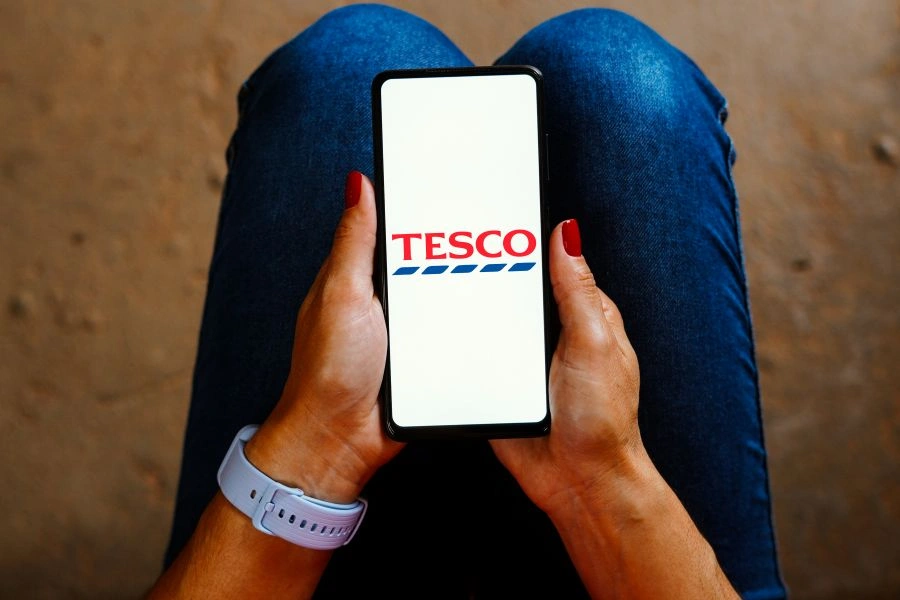 Tesco has replaced traditional barcodes with QR codes across pilot product lines.She says this move forced the retailer’s entire organization to fully commit. “Every edge case, every potential issue, every training need surfaced immediately. The team learned faster and more comprehensively than anyone running hybrid systems.”
Tesco has replaced traditional barcodes with QR codes across pilot product lines.She says this move forced the retailer’s entire organization to fully commit. “Every edge case, every potential issue, every training need surfaced immediately. The team learned faster and more comprehensively than anyone running hybrid systems.”
For consumers, the pilot showed that people will scan when there’s clear value, Stanley adds. She explains that Tesco focused initially on operational benefits (use-by dates, batch numbers, supply chain data) but the infrastructure it’s building enables everything from allergen information to recipe suggestions to recycling guidance.
“That’s the real insight: Start with a focused use case that solves a real problem, then expand functionality once behavior is established.”
The pilot is also said to have sent a message to suppliers and brands: This transition is inevitable, and it’s happening faster than many anticipated. Stanley points out that Tesco suppliers now have concrete evidence of the need to prepare packaging and data systems for a QR-centric future immediately, not “eventually.”
“Finally, it validated something we’ve seen in our campaigns for years. When connected packaging is implemented thoughtfully, with a clear value proposition, easy execution, and reliable technology, consumers embrace it. The barrier isn’t technology acceptance, but poor implementation.”
The future of connective solutions
QR codes are the undisputed winner for the next two years, asserts Stanley.
“They’re ubiquitous, cost-effective, work on every smartphone without an app, and GS1 standardization means they’ll become infrastructure, not innovation. The sophistication is in what happens after the scan, not the QR code itself.”
AI-powered personalization is moving from experimental to expected, the expert argues. She highlights Appetite Creative’s Sunny Oil campaign as an example of how AI provides “valuable, unlimited, and personalized” experiences.
“Within two years, consumers will expect packaging to ‘know’ them and provide relevant content, not generic marketing.”
Serialized codes at scale will become standard as brands realize the business value. Unique identifiers on packaging can enable precise tracking, targeted recalls, authentication, and individual consumer engagement.
“The infrastructure exists, adoption is accelerating.”
“Overhyped” tech
Blockchain for consumer-facing applications remains overhyped, according to Stanley. She notes it has value for B2B supply chain transparency and high-value authentication, while adding that most consumers don’t care about blockchain verification but about outcomes.
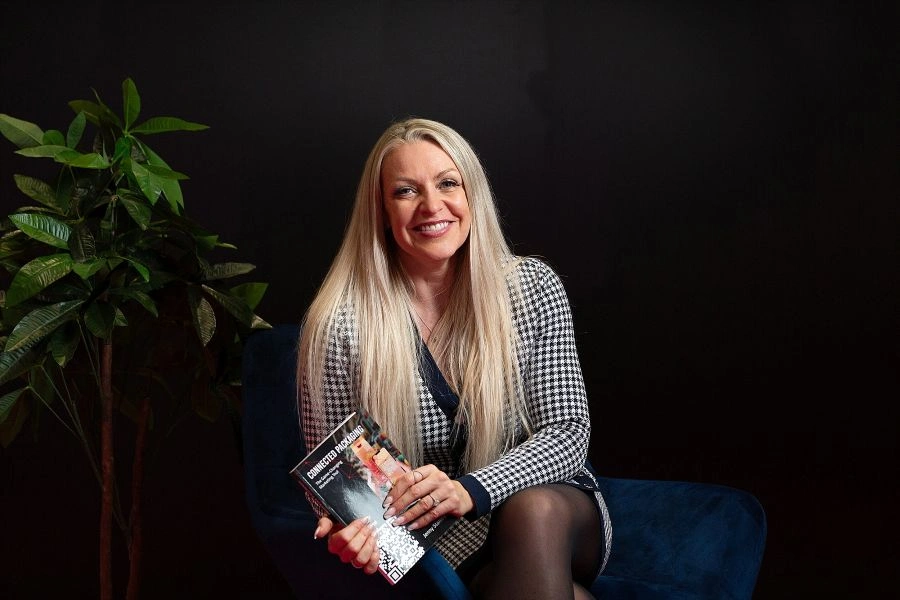 With the updated edition, Stanley aims to ensure brands have current intelligence for planning (Image credit: Appetite Creative).“A QR code that provides traceability data is sufficient for most use cases without blockchain’s complexity and cost.”
With the updated edition, Stanley aims to ensure brands have current intelligence for planning (Image credit: Appetite Creative).“A QR code that provides traceability data is sufficient for most use cases without blockchain’s complexity and cost.”
Elaborate AR experiences on every product are also overhyped, she adds. “AR works beautifully for specific applications, such as furniture visualization, makeup try-ons, and gaming experiences. But brands trying to force AR onto every product without a clear value proposition are wasting money. AR should enhance experience, not be the experience.”
NFC as a QR replacement is overhyped in the short term. She acknowledges that NFC is “fantastic” for specific applications, such as luxury authentication, payment integration, and access control. However, requiring consumers to have NFC-enabled devices and understand tap-to-scan limits adoption is not ideal.
“QR codes are more democratized. NFC will grow, but won’t dominate in the next two years.”
Stanley argues the most important technology trend isn’t a specific technical innovation, but the maturation of connected packaging from marketing campaigns to business infrastructure. “Brands like Coca-Cola and AB InBev have declared QR codes part of their ‘always-on’ strategy.”
“That shift from temporary campaigns to permanent channels is what transforms the industry.The winners in the next two years won’t be brands with the fanciest technology. They will be brands that implement reliably, provide genuine value, and use the data intelligently.”






